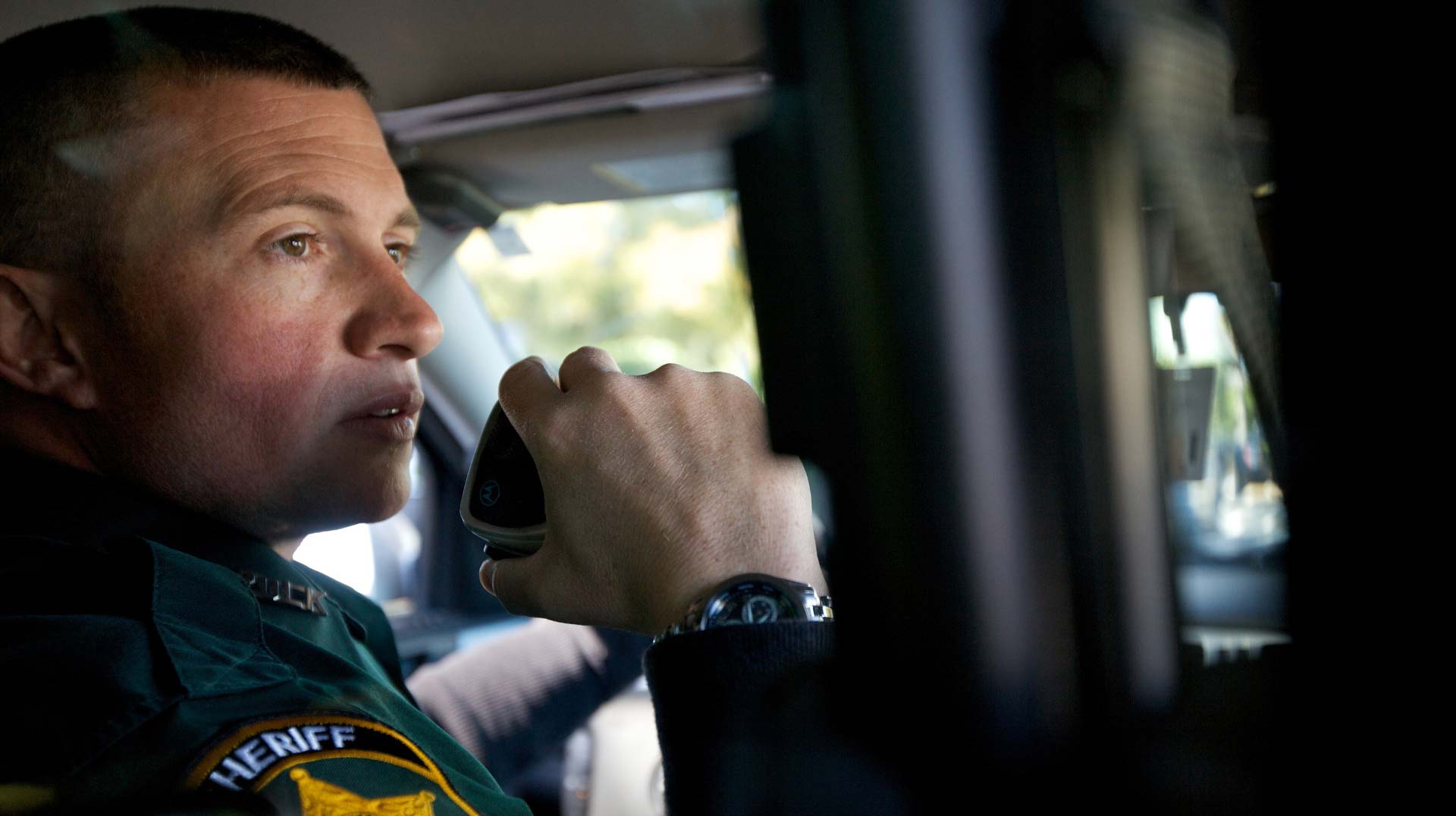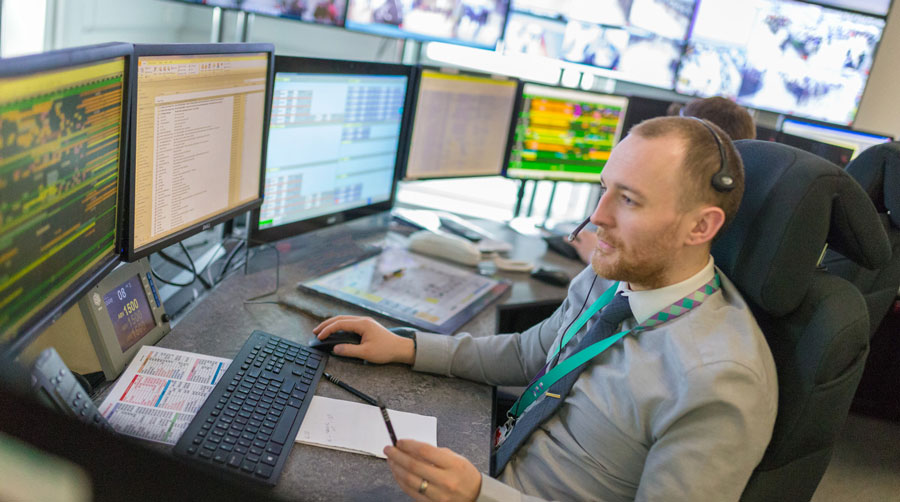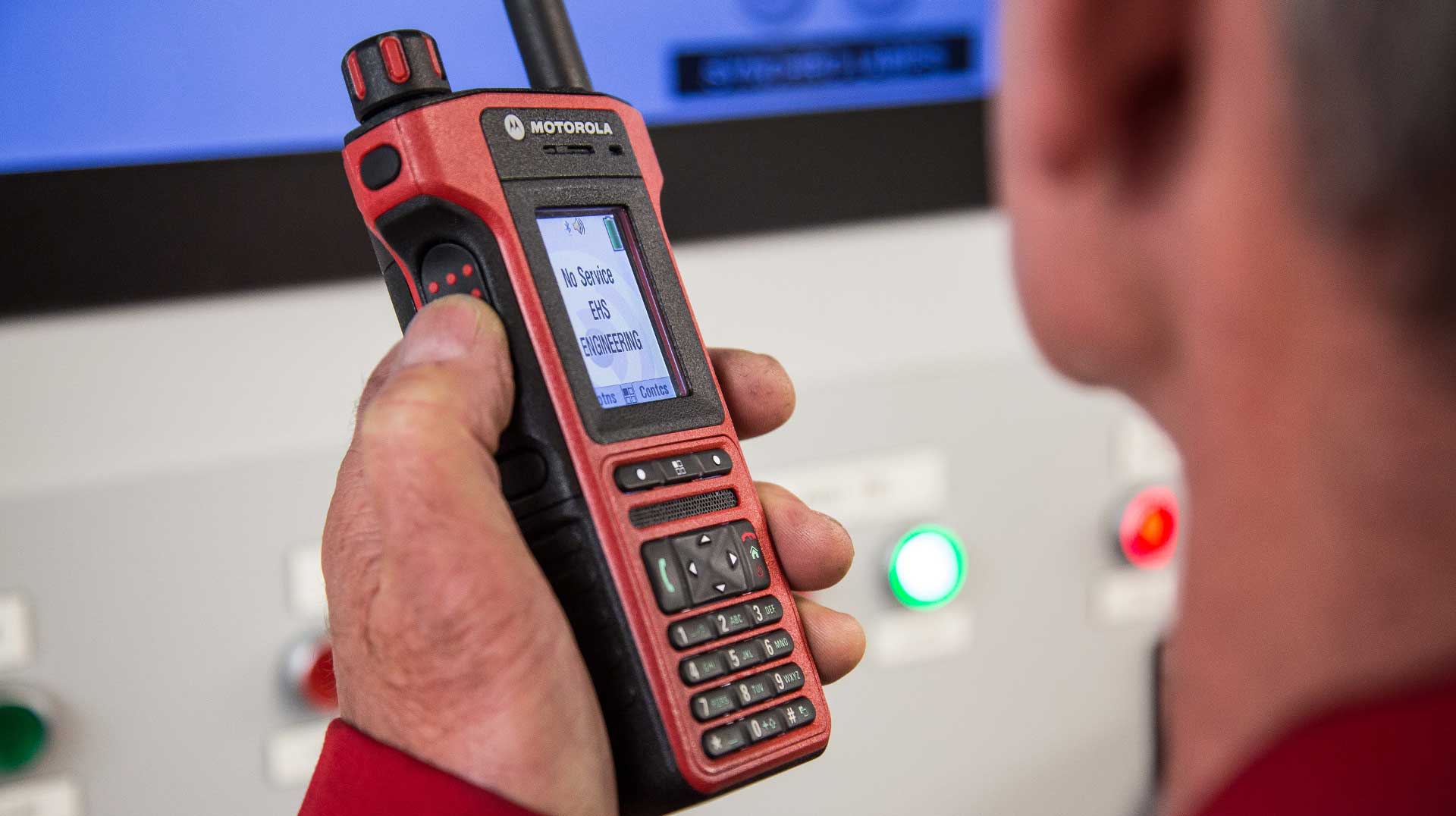 One of the first stops on the path to Next Generation 9-1-1 (NG9-1-1) is the implementation of Text-to-9-1-1. But, there’s much more to come. Just as evolution matters in how PSAPs approach the addition of text messages, the acceptance of visual content must also be handled strategically and hand-in-hand with the right technology partner. This is because visual content brings big benefits and challenges.
One of the first stops on the path to Next Generation 9-1-1 (NG9-1-1) is the implementation of Text-to-9-1-1. But, there’s much more to come. Just as evolution matters in how PSAPs approach the addition of text messages, the acceptance of visual content must also be handled strategically and hand-in-hand with the right technology partner. This is because visual content brings big benefits and challenges.
The questions we most frequently hear from PSAPs are: How will the additional data compound an already stressful job? How will call takers react to images they’re not accustomed to seeing — and would rather not see?
In this post in our “Topics that Matter When Seconds Matter” blog series, we hear from two of your peers, Paul Hicks and Charles Vitale, who explain these concerns in greater detail. At the same time, they share the one asset they’re most proud of as they face the challenges.
Accepting Visual Content: The Biggest Challenges
 Paul is the Emergency Services Manager for 9-1-1 and Emergency Management for the city of Springfield, Ohio, which in 2019 upgraded its console and subscriber radios, as well as the CallWorks CallStation emergency call handling system – all from Motorola Solutions. Paul, who has been in public safety for almost 30 years, has experience working both in the PSAP and in the field. He served as a police officer for 25 years, giving him a unique perspective of his concern for his dispatchers when facing the visual content of NG9-1-1.
Paul is the Emergency Services Manager for 9-1-1 and Emergency Management for the city of Springfield, Ohio, which in 2019 upgraded its console and subscriber radios, as well as the CallWorks CallStation emergency call handling system – all from Motorola Solutions. Paul, who has been in public safety for almost 30 years, has experience working both in the PSAP and in the field. He served as a police officer for 25 years, giving him a unique perspective of his concern for his dispatchers when facing the visual content of NG9-1-1.
Paul understands the nature of call takers and dispatchers and their need to help. He knows that even if they know they can’t “unsee” a disturbing image or video, “they’re going to want to see it because they want to help.” This puts them at a disadvantage compared to first responders on the scene, of whom Paul tells, after they “deal with the scene,” they can leave and decompress before being ready for the next emergency. He points out that “it’s not like that for dispatchers” who have to move on to the next call whether they’re ready or not.
 Charles, who is Public Safety Dispatcher II for the Rochester Emergency Communications Department, NY, shares Paul’s concern related to the introduction of this potentially emotional content. Knowing the City’s sole consolidated PSAP takes 1.2 million calls per year using Motorola Solutions’ VESTA® 9-1-1 emergency call handling system, then dispatches up to 4,000 CAD events a day, Rochester’s call takers could be exposed to many situations. These are situations, Charles says, “no person should ever be exposed to.” This is especially true with no training, like that fire, EMS and other first responders receive, which would educate call takers on what to expect.
Charles, who is Public Safety Dispatcher II for the Rochester Emergency Communications Department, NY, shares Paul’s concern related to the introduction of this potentially emotional content. Knowing the City’s sole consolidated PSAP takes 1.2 million calls per year using Motorola Solutions’ VESTA® 9-1-1 emergency call handling system, then dispatches up to 4,000 CAD events a day, Rochester’s call takers could be exposed to many situations. These are situations, Charles says, “no person should ever be exposed to.” This is especially true with no training, like that fire, EMS and other first responders receive, which would educate call takers on what to expect.
He discusses what’s lacking in resources to get this functionality off the ground and addresses the need for evolution in its implementation.
Charles also talks about Rochester’s evolution to Text-to-9-1-1. They have used a third-party application, running on a third screen, which he says has “added complexity to an already complex job.” They are implementing VESTA 9-1-1’s integrated Text-to-9-1-1 functionality. Because VESTA 9-1-1’s interface is customizable, Charles says the ability to redesign the screen and handle it all from one screen would require “very little end user training because it’ll be just like taking a 9-1-1 call.”
The True Champion on the Path to Next Generation 9-1-1 and How to Protect this Asset
Charles acknowledges the role of technology is helping his PSAP and call takers “do a better job.” But, he says, without the people – “the ones behind the scenes, behind the screens and the consoles” – the job wouldn’t get done.
Paul agrees that, without the people, his PSAP “wouldn’t be successful.” He cites their resiliency, their positive attitudes and their perseverance as the key ingredients. And, it’s these things we must protect as we move forward to accepting visual content in the PSAP and addressing the concerns Paul and Charles raise.
As you consider the impact of visual content, including video, images and the Internet of Things (IoT), on your PSAP, you may feel overwhelmed. Yet, in evolving technological changes alongside operational processes, you can ease your burden as well as that of call takers. A good starting point to ensure no surprises is to ask yourself these questions:
- What are your top three concerns with receiving visual content?
- How will you begin to implement videos and pictures?
- How will you implement training?
- Who or what resources do you have available to assist in addressing your concerns, training, etc.?
- What is your timeframe?
These are critical questions with no easy or quick answers, but they do shed light on important areas for contemplation and discussion as identified by your peers. Also, it’s vital to remember that, with these changes, there will be benefits to not only citizens, but to your PSAP as well.
Join us in a couple of weeks for our next blog where we look at the benefits of visual content and most importantly, the solution we recommend for addressing the problems.
Learn more about Motorola Solutions NG9-1-1 solutions and strategy.
Learn more about the CommandCentral Software End-to-End suite.




